St Mary's Church, Staverton
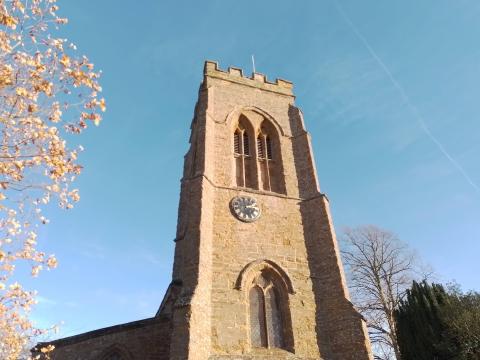
I was delighted to call at the church of St Mary's, Staverton in Northamptonshire last month. I was staying just up the road, and had emailed the vicar in the hope that it might be left open, which it was. I always think it a great compliment to a village and its church when they can leave the doors unlocked, allowing private prayer and inspection. I was accompanied by Tony Brown, who is no stranger to Salem Chapel.
We called during a spell of fine weather, which always helps, for St Mary’s has to be one of the most attractive churches I have seen. Its tall tower rose from the sleepy village, its sandstone bathed in golden light against the deep, blue sky of a crisp autumnal afternoon. There were many features within which one might hope to see in a medieval church, including a squint, a fine Elizabethan memorial brass, and some well carved arches and pillars. If my imagination had to summon a perfect, rural English parish church, this is it.
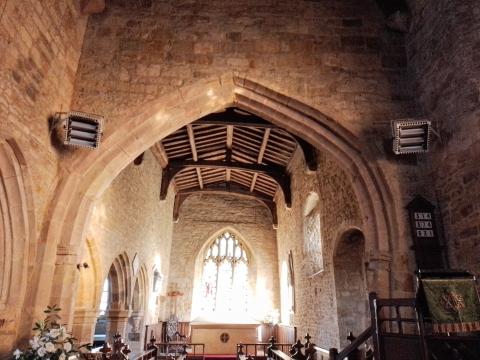
Yet a couple of features were rather unusual, even disturbing. One was the chancel arch, above. This divides the nave, where people congregate, to the area about the altar where the priest officiates. Now church bores like me are meant to rave about how good ancient builders were, and how their work has stood the test of time etc, but look here: that arch is clearly not right. The official, Historic England listing merely notes it is of the fourteenth century; the writers were too polite to comment on its quality. The curvature of its south side straightens too quickly, the lower portion then proceeds to slope outwards. Perhaps the best architect or mason was away, so they had to make do with the arch that Jack built. It clearly does its job, and does it perfectly well, though it is neither symmetrical nor straight.
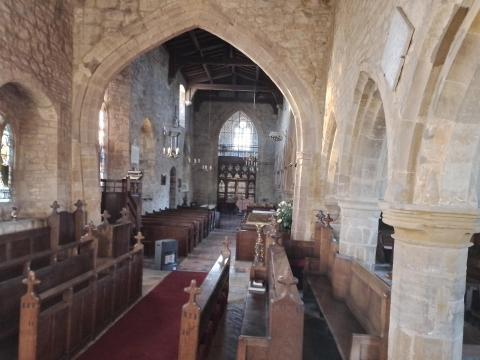
The other feature is large gurning head, its tongue sticking out, its uncomely, bulbous eyes gazing impertinently from the back wall. Quite why this face was constructed I am unable to say. I suspect it cannot be seen from the chancel, preventing some superstitious priest from mistaking its candle-lit grin for an devilish visitor. Perhaps the local children have a name for him.
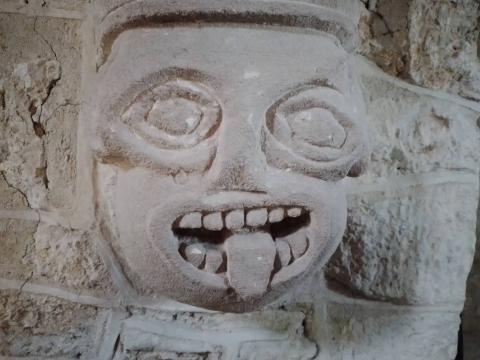
Although I think the wonky arch and grinning head perfectly charming emblems of old England, they do symbolise two difficulties facing the church of Jesus Christ in every age: imperfect leaders and Satanic opposition. Yet despite these two formidable obstacles to ecclesiastic faithfulness and congregational harmony, the church of Jesus Christ still stands- much like this venerable parish church.
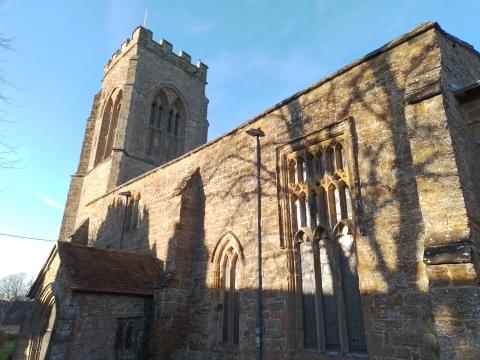
The church shall never perish!
Her dear Lord to defend,
to guide, sustain, and cherish,
is with her to the end;
though there be those that hate her,
and false sons in her pale,
against the foe or traitor
she ever shall prevail.
-S.J. Stone, 1866
- Log in to post comments


 Sunday Worship 10.45am & 6.00pm
Sunday Worship 10.45am & 6.00pm